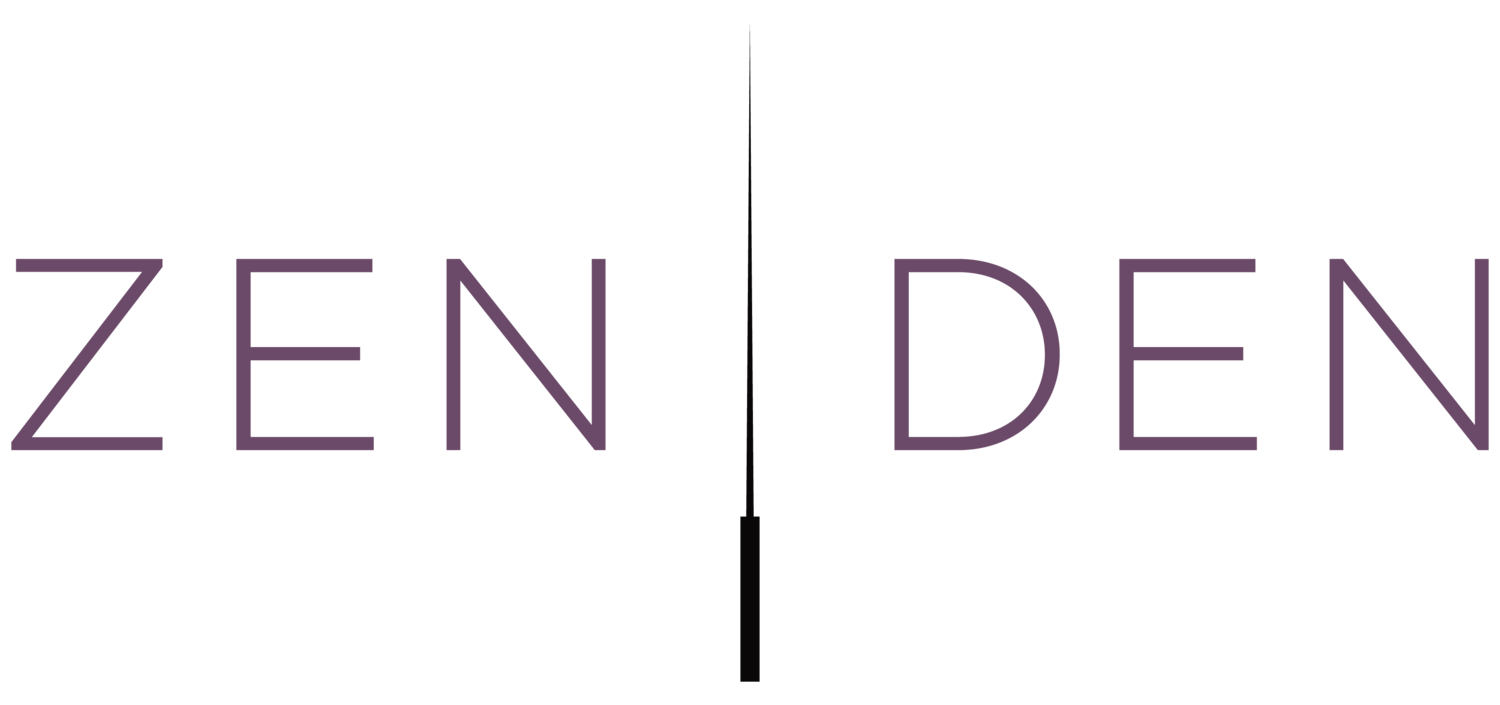Pediatric Acupuncture is a specialized approach to acupuncture. It involves the insertion of hair-fine needles under the skin, or other similar methods, for children between 1 month to 18 years old. The main goal of acupuncture is to regulate, balance, and strengthen the body. We offer two types of acupuncture. Both styles promote a child's body to heal naturally and improve function
Shoni-shin: This is a painless Japanese style of acupuncture without needles. Trained practitioners use small metal shoni-shin tools to gently scratch, tap, or brush on the child's skin over acupuncture pathways. This treatment gently relaxes and stimulates the child's body back into balance. Shoni-shin was developed in Japan and is still a main method for pediatric healthcare there.
Acupoint Stimulation: This type can include the following:
Acupressure: Touching or massaging specific acupoints on the child's skin.
Acupuncture: Inserting very thin (as thin as a hair) sterile, single-use needles into the skin at specific acupoints on the body. Sometimes, small bandages with tiny stimulating points or magnets are used. These are called press-tacks.
What can pediatric acupuncture help with?
Allergies
Ear infections
ADHD
Emotional outbursts
Anxiety
Headaches
Asthma
Muscle weakness and fatigue
Bed wetting
Pain of all kinds
Cold and flu symptoms
Poor sleeping patterns
Colic
Skin conditions such as acne and eczema
Constipation
Seizures and epilepsy
Cough
Stomach aches
Cancer treatment side effects
Does pediatric acupuncture hurt?
Most children do not think the treatments are painful. They say Shoni-shin feels like tickling or a small mosquito bite, if they feel it at all.
Is pediatric acupuncture safe?
Yes, pediatric acupuncture is safe. For children with low immune function or blood diseases like leukemia we may make adjustments to the type and timing of treatments.
What can I expect at my child's acupuncture appointment?
At your child's first appointment, a pediatric acupuncturist will evaluate your child's condition and decide on a treatment plan. This may include acupuncture, herbs or supplements, and nutrition and lifestyle changes.
Before acupuncture treatment
Have your child eat before their appointment. It is best for your child not to receive acupuncture if they have an empty stomach. However, your child should not eat a heavy meal before or after the session. Do not give your child caffeine for several hours before and after treatment.
Do not brush your child's tongue. The acupuncturist will look at the color and texture of your child's tongue during the appointment as part of their diagnosis.
Have your child wear comfortable, loose clothes to the appointment. The acupuncturist may need to roll up your child's sleeves and pants to the knees and elbows.
During acupuncture treatment
After evaluating your child's condition the acupuncturist will put sterile, superfine needles at points where your child needs them. These needles are about three hairs thick and are used only once. The acupuncturist will dispose of them immediately after your child's treatment.
Acupuncture makes your child's body relax, and they may fall asleep during the treatment.
A typical acupuncture appointment lasts 1 hour. This includes time to talk about your child's progress as well.
Each child responds to acupuncture at a different pace. Children with acute conditions may be treated within 6-12 acupuncture sessions. Children with long-lasting conditions may need more treatment. Your acupuncturist will give you and your child an estimate for treatments at your child's first appointment.
After acupuncture treatment
Your child will usually feel great after an acupuncture treatment. However, their body is still re-balancing.
To maximize the effects of acupuncture, have your child relax and maintain their normal level of activity or take a nap if they feel like it.
Make sure your child drinks plenty of water. It's important to keep hydrated to help the body heal and recover.

